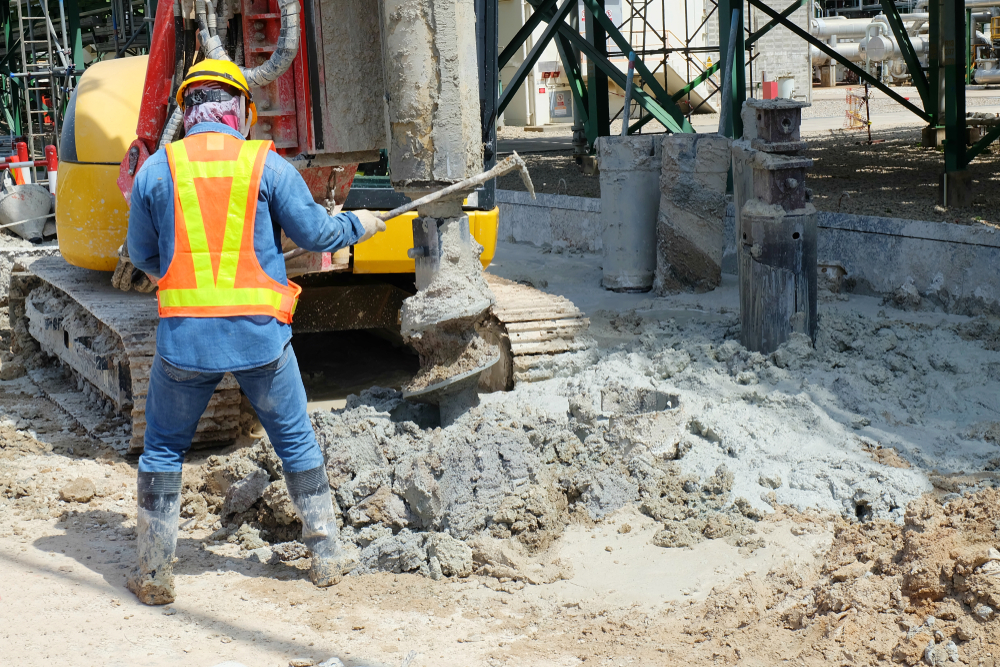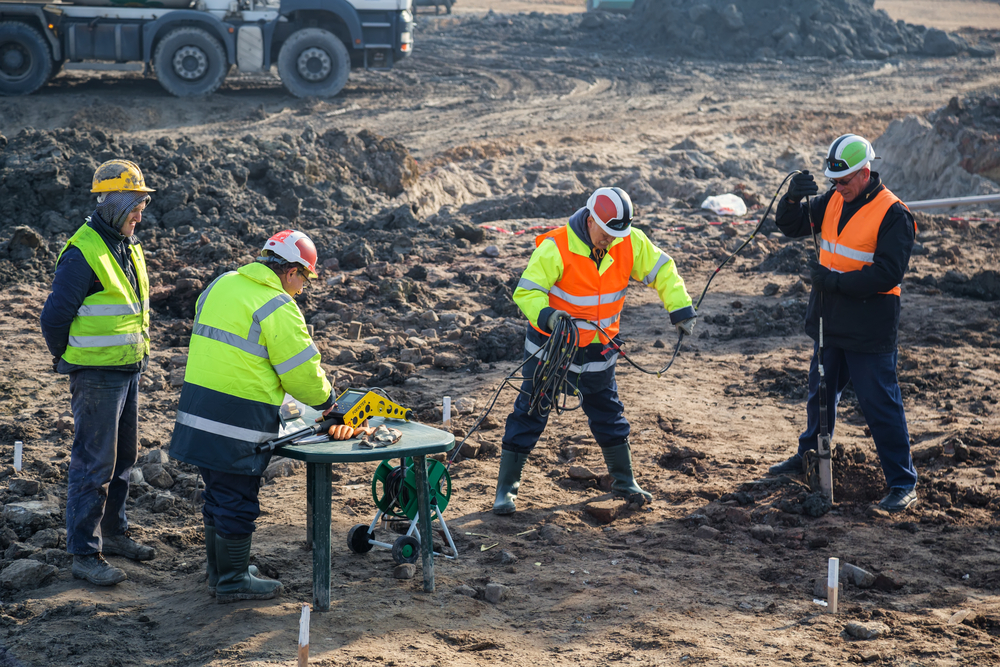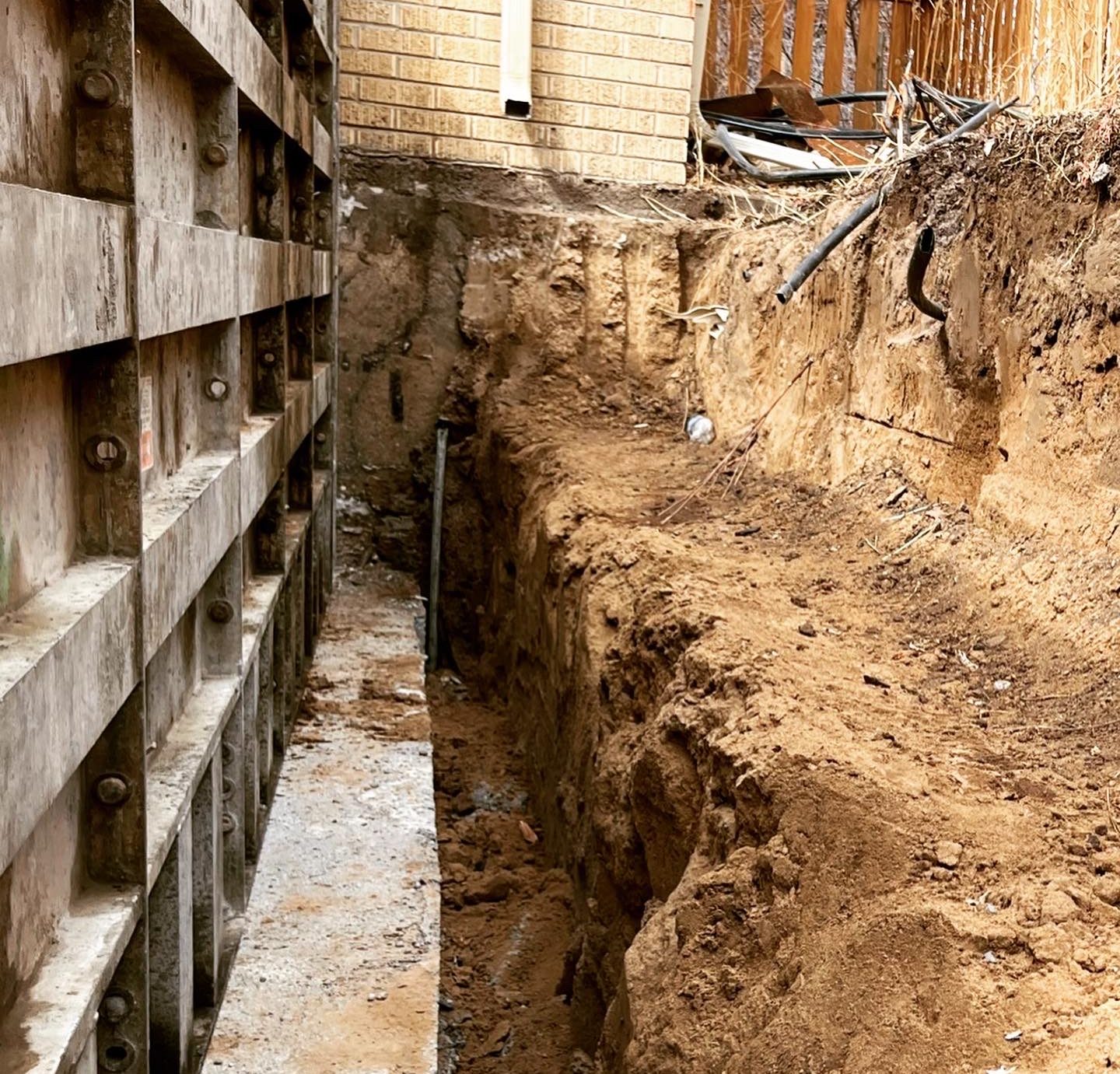Necessary Top Qualities of Effective Civil Consulting Engineers
Wiki Article
The Important Contributions of Geotechnical Engineers in Evaluating Dirt Behavior and Foundation Design for Sustainable Facilities Advancement
Geotechnical designers work as a cornerstone in the realm of sustainable infrastructure development, where their experience in assessing soil behavior directly influences the safety and longevity of frameworks. By using innovative strategies such as Standard Penetration Tests and Cone Infiltration Screening, they diligently evaluate soil residential properties, bring about educated choices on structure style. These analyses not just mitigate dangers related to differential settlement yet also lead the way for ingenious, eco aware techniques. As we discover the crucial duty they play, the effects of their payments elevate vital inquiries concerning the future of facilities durability and sustainability.Function of Geotechnical Designers

Along with site investigations, geotechnical designers assess prospective risks such as dirt liquefaction, incline stability, and groundwater issues. They use sophisticated engineering principles to develop services that reduce these risks, making certain that designs follow appropriate codes and standards. Their job typically entails partnership with other engineering techniques, designers, and ecological scientists to develop integrated strategies to infrastructure growth.
Additionally, geotechnical designers add to sustainable techniques by advertising making use of materials and methods that reduce environmental impact. Via their extensive understanding of dirt auto mechanics and geology, they play a vital function in fostering risk-free, resilient, and lasting facilities that meets the demands of society while securing the setting.
Dirt Habits Analysis Techniques
Comprehending dirt actions is fundamental to notified decision-making in geotechnical design, as it straight affects the design and building procedures. Numerous analysis techniques are employed to assess dirt homes, making sure exact forecasts of its efficiency under different loading conditions.One primary method is the Common Infiltration Examination (SPT), which gives understandings right into dirt thickness and uniformity via the resistance encountered during penetration. Likewise, Cone Infiltration Screening (CPT) supplies a continual account of dirt stratification and in-situ toughness specifications, allowing a much more thorough understanding of subsurface problems.
Research laboratory examinations, such as Atterberg restrictions, unconfined compressive toughness, and triaxial examinations, are crucial for identifying dirt habits under controlled conditions. These tests promote the resolution of critical specifications, including shear toughness, permeability, and compressibility.

Structure Style Principles
Foundation style principles are important for making sure the security and durability of structures, as they dictate how loads are sent from the superstructure to the underlying dirt. These concepts include different considerations, including load-bearing i thought about this capacity, settlement, and side security. A detailed understanding of dirt auto mechanics is necessary for geotechnical designers to evaluate the interaction click site between the dirt and the structure.One trick concept is the suitable choice of foundation kind, which might include shallow structures, such as spread grounds, or deep foundations, like stacks or caissons, depending on dirt problems and architectural tons - civil consulting engineers. The structure needs to be developed to minimize differential negotiation, which can result in structural damages

Lasting Framework Practices
Exactly how can we efficiently integrate sustainability right into facilities practices? Lasting facilities practices begin with thorough site evaluations, which assess soil actions, regional ecosystems, and source accessibility.Moreover, using innovative building and construction methods, such as using recycled products and low-impact foundations, significantly minimizes the carbon footprint of framework projects. Geotechnical designers play a critical duty in selecting ideal materials that improve sturdiness and sustainability, such as making use of geo-synthetics to enhance dirt stability and minimize disintegration.
In addition, lasting infrastructure methods require continuous surveillance and maintenance to make sure that frameworks remain durable with time. This includes carrying out flexible management methods to resolve potential environmental adjustments. Collaboration among stakeholders-- including designers, neighborhood communities, and policymakers-- is important for incorporating sustainability goals into job preparation and implementation. Inevitably, these methods not just add to the longevity of structures but likewise promote a much healthier environment, read this post here lining up facilities growth with more comprehensive sustainability objectives.
Study and Applications
Instance researches in geotechnical design supply useful insights into the practical applications of soil behavior and sustainable framework techniques. One remarkable instance is the building of the Burj Khalifa in Dubai, where comprehensive soil screening and evaluation were carried out to assess the unique challenges postured by the area's loose sand and high water table. Geotechnical engineers used progressed methods such as dynamic penetrating and cone infiltration testing to determine the dirt's load-bearing capability, eventually resulting in the design of a deep structure system that supports this iconic framework.One more vital case is the removal of the San Francisco-Oakland Bay Bridge after the 1989 Loma Prieta quake. Geotechnical assessments disclosed the requirement for soil stabilization strategies, including grouting and soil nailing, to boost the seismic durability of the foundation. These treatments not only boosted the bridge's safety and security but also added to its longevity and sustainability.
Such instance research studies exemplify just how geotechnical engineers play an essential role in recognizing soil behavior and using innovative remedies to guarantee the structural stability and sustainability of framework jobs. geo tech engineering. Their know-how is vital in addressing the complicated tests presented by numerous soil problems across varied geographic places
Conclusion
To conclude, the contributions of geotechnical engineers are crucial for the assessment of soil actions and the design of structures, which are crucial for sustainable facilities growth. With the application of innovative screening techniques and ingenious products, these specialists make sure the stability and safety and security of frameworks while decreasing ecological impacts. The integration of sustainable methods advertises strength in framework tasks, highlighting the importance of collaboration among stakeholders to achieve effective building options that satisfy both ecological and social requirements.Geotechnical designers offer as a foundation in the world of sustainable facilities advancement, where their experience in analyzing dirt actions straight affects the security and durability of structures.Geotechnical engineers play an important function in the design and construction of infrastructure by analyzing dirt and rock actions to make certain security and security. A complete understanding of soil mechanics is important for geotechnical engineers to review the communication between the foundation and the dirt.
Geotechnical assessments revealed the demand for dirt stabilization techniques, consisting of grouting and dirt nailing, to enhance the seismic strength of the structure.In verdict, the contributions of geotechnical engineers are essential for the evaluation of soil actions and the style of foundations, which are crucial for lasting infrastructure growth.
Report this wiki page